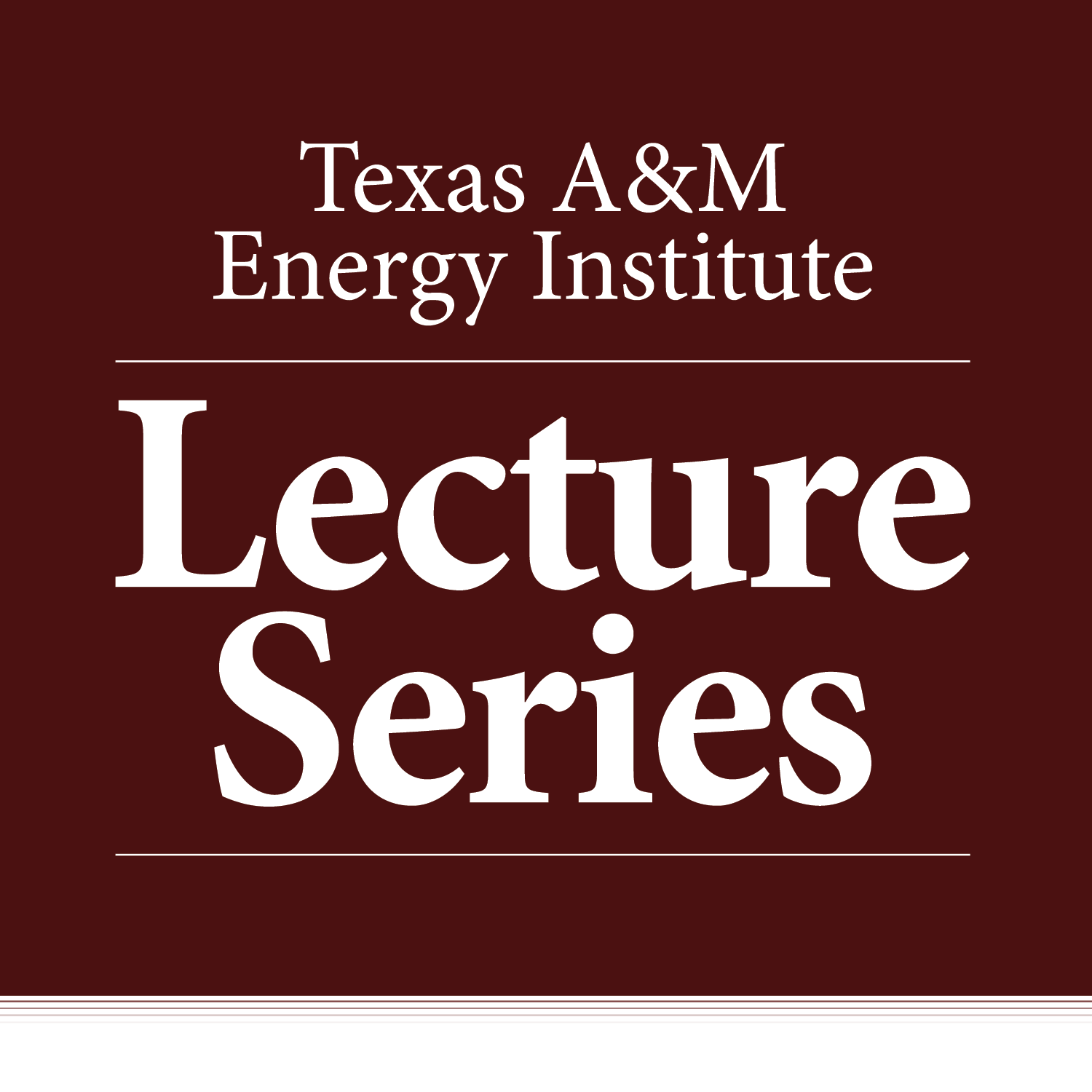
“Geothermal Foundations for Buildings as Energy Savers”
The next presentation in the Texas A&M Energy Institute Lecture Series, featuring Jean-Louis Briaud, Distinguished Professor, Regents Fellow, and Spencer J. Buchanan Chair Professor in the Zachry Department of Civil Engineering at Texas A&M University, will be held on Wednesday, April 27, 2016 from 12:00 – 1:00 p.m. in 205 Mitchell Physics Building. He will present “Geothermal Foundations for Buildings as Energy Savers.”
Abstract
Geothermal ground loops placed separately from buildings to a typical depth of 300 ft. below ground have been in use for several decades to minimize energy consumption in buildings. Geothermal foundations are a recent innovation where the ground loops are placed in the foundation, thereby not requiring separate drilling.
Geothermal foundations stand to save on utility bills by taking advantage of the fact that the soil stays at an even temperature year around equal to the mean air temperature during one year. In the summer when the air is much hotter than the soil, the coolness of the soil can be drawn out and used to optimize the cooling system for the building. In the winter when the air is much colder, the heat of the soil can be drawn out and used to optimize the heating system of the building.
The air inside a building is typically maintained around 72°F. Heating and cooling of buildings is conventionally done by using systems that work with respect to the outside air temperature. The difference between the temperature of the air inside the building and the temperature of the air outside the building may reach + or – 30°F during the year. Meanwhile, the difference between the temperature of the air inside the building and the temperature of the soil underneath the building is much smaller and may only be a few degrees F. Therefore, a heating and cooling system which works against the soil temperature is much more efficient than a heating and cooling system which works against the outside air temperature. This is the idea of a geothermal foundation. More specifically, 1-inch diameter pipes are placed inside the foundation piles and water is continuously circulated through the piles to use the soil as a heat source in the winter and a heat sink in the summer.

